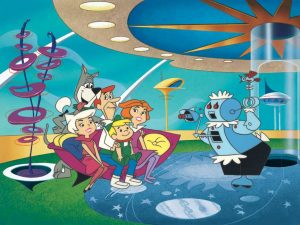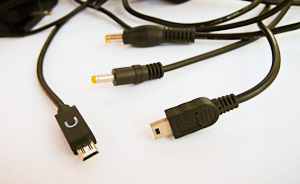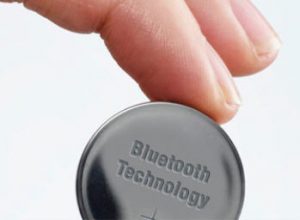
Remember the future the way we imagined it back in the day? Where everything was magically all-knowing and connected – Your home detected when you returned and played your tunes, lit up the walls with your favorite art and warmed the house up just the way you like it. Your clothing was instrumented with all sorts of useful sensors and passed on this information to your home and computer. Your watch made measurements, and then talked to your shoes which called up your doctor’s shirt to exchange notes – I’m not sure what about.
Unfortunately, we aren’t there yet – not by a long shot – but why is that? Well, part of it is standardization of how these things talk to each other. But another important limitation? Keeping all these things charged. Wireless connectivity uses a lot of power so connected, portable devices just can’t last long without needing a charge.
Charging Ahead

I can barely manage to keep my cellphone charged everyday, not to mention my laptop, nook, cameras, etc. But a key theme of ubiquitous computing is that the technology should seamlessly integrate into your life and not demand attention. Any device that forces you to check and maintain it several times weekly, or even monthly, cannot be called seamless. The dream of ubiquitous computing has transformed into a nightmare of ubiquitous chargers and power bricks.
This maintenance adds a significant cognitive load to our daily lives, which essentially decides whether we buy a new gadget or not. In other words, it sets a threshold for ubiquity – devices must provide more perceived benefit than their cognitive or maintenance cost, or they won’t succeed.
Devices must provide more perceived benefit than their cognitive or maintenance cost, or they won’t succeed.
Cutting Loose

So, is there a solution? Thankfully, yes! There are a number of new low-power wireless technologies, such as Bluetooth Low Energy (BLE) and ANT, that are expected to be able to run off a coin cell battery for months, if not years, depending on the application. This means you may not have to charge this device or change the battery for its entire product lifetime!
Of course, these technologies are meant for low data bandwidth applications, like sensing devices and not for laptops and cell phones. But many small, low-power devices could easily talk to a local higher-powered device, and they would never need charging.
Standards, standards
And as for the other issue of standardization? While there have been other low-power wireless protocols in use already, BLE is standardized and included in Bluetooth 4.0. It needs very little modification of older Bluetooth hardware to work. Already, the Apple IPhone 4S can communicate with BLE devices, and other phone manufacturers will likely follow suit as devices start showing up in the market.
Soon, a whole host of devices that would never have met the threshold of ubiquity before will become available, enabling a new wave of interconnected, low maintenance technology. So, are you excited? Your shoes certainly are.
[Disclaimer: I am currently doing an internship for Texas Instruments Low Power RF group, but I haven’t been paid to write this. On the contrary, I picked this internship because I am excited to learn more about these technologies.]

